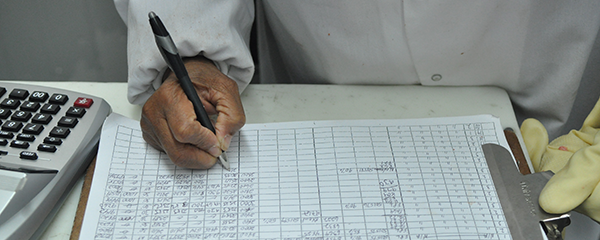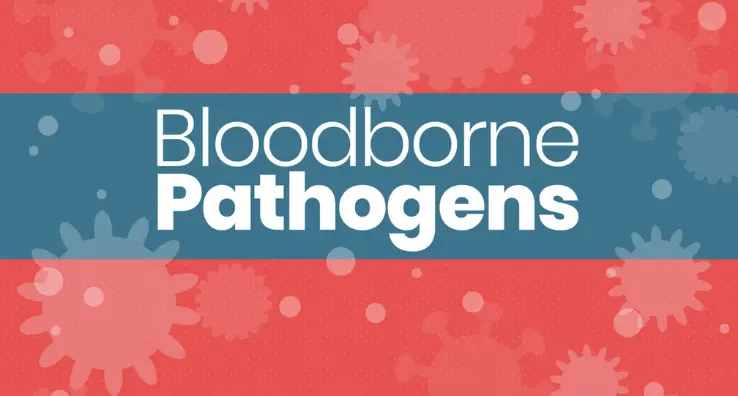The Contrast Between Verification and Validation

Verification and validation seem similar. Both are included as part of HACCP Principle Number 6 for verification. Both are talked about simultaneously. So, is there really a difference? Yes! A big difference!
I recently witnessed an SQF audit where the SQF auditor really put the new SQF practitioner on the spot. The auditor asked the practitioner to explain the difference between verification and validation. After several agonizing minutes, the practitioner gave a partially correct answer that still didn’t satisfy the auditor. The SQF practitioner, embarrassed, finally blurted out, “You won’t get me on that one next year.”
Verification and validation are important components of audits. However, they are an even more important part of your food safety system. They ensure your food safety system works effectively to prevent anyone from suffering a foodborne illness from your products.
Verification and validation are also necessary for compliance with USDA and FDA regulations. Let’s take a deeper look at the difference between verification and validation and how these topics play an integral part of your food safety systems.
What’s the difference?
Even the official definitions of both terms lead to the confusion. The National Advisory Committee for Microbiological Criteria for Foods (NACMCF) defines verification as: “Those activities, other than monitoring, that determine the validity of the HACCP plan and that the system is operating according to the plan.” And it defines validation as: “That element of verification focused on collecting and evaluating scientific and technical information to determine if the HACCP plan, when properly implemented, will effectively control the hazards.”
I like to use a layman’s definition to explain it more clearly with these two questions. Verification is asking the question, “Are you following the plan the way it is written?” Validation is asking the question, “Did you write the plan accurately to achieve the intended effect?” Verification is focused on the implementation of the plan and validation is focused on its accuracy. There is a big difference. Auditors and regulators are going to distinguish between the two and expect both to be done properly.
What has to be verified and validated?
To keep adding to the confusion, HACCP Principle Number 6 defines four elements of Verification:
- CCP (Critical Control Point) Verification
- Overall Food Safety System Verification
- Food Safety System Validation
- Regulatory Verification
Critical Control Point Verification in HACCP systems for USDA establishments must include three elements of direct observation of monitoring, record review, and calibration of instruments used to monitor the CCP. The verification of preventive control steps in FDA food safety plans must include record review and calibration at a minimum.
Both USDA and FDA require verification of the overall food safety system. USDA requires reassessments to be performed annually to verify the HACCP Plan. FDA requires reanalysis to be performed at least every three years to verify the food safety plan. Both agencies require the plans to be kept up to date continually when significant changes occur such as when new raw materials, finished products, or equipment are introduced.
Also, both agencies require validation of the food safety system to have scientific supporting documentation for CCP or process preventive control critical limits to ensure they are sufficient to control the hazards identified.
USDA goes a step further and also requires internal validation of the CCPs and critical operational parameters used in key prerequisite programs. USDA published a good compliance guideline on HACCP system validation, which is available in the FSIS Compliance Guideline for HACCP Systems Validation. It can be used as a best practice document for any type of food safety system. Validation addresses the correct identification of hazards and sufficient critical limits. It’s ideal to have microbiological test results, records and validation studies to demonstrate hazards are effectively controlled.
Lastly, USDA and FDA both have regulatory authority and responsibility to perform verification of an establishment’s food safety system. This includes review of the written programs, plant operations, records, microbiological tests and other elements that could have an impact on the hazard analysis. Non-compliances can lead to regulatory enforcement actions.
Prerequisite Program Verification and Validation
In addition to all of the above, GFSI standards require verification and validation of all the prerequisite programs (PRPs). There must be a written schedule that defines the PRPs including personnel practices, pest control, sanitation, maintenance, calibration, training, allergens, storage and transport, foreign matter control, water potability and waste management.
For each PRP, there must be a defined set of methods for verification, methods for validation, frequency and responsibility for each. This is a critical part of your food safety system. Take time to give these programs the attention they deserve to make certain they are working as intended.
Final Thoughts
Many people, including myself, have advocated for HACCP Plan Validation to become a new 8th Principle of HACCP. It could clear up the confusion and give validation the importance it deserves.
Take time to learn the difference and ensure your systems are properly verified and validated. So, when your next SQF Auditor or a regulator asks you to define verification and validation, will you be ready? Don’t wait until next year to learn after it’s too late!
If you ever have any questions about the differences between verification and validation, contact us to talk with one of our food safety consultants.





